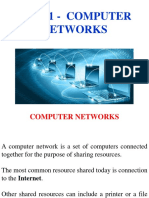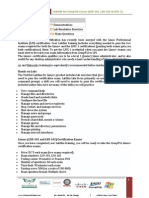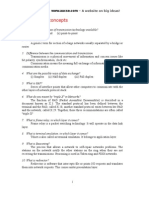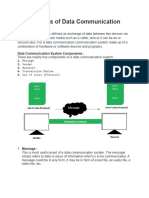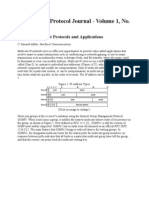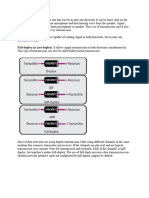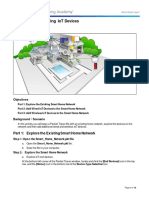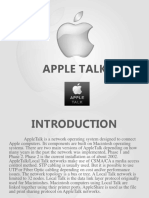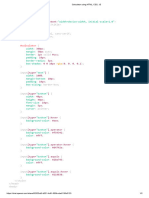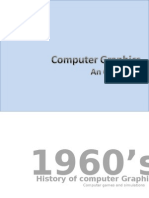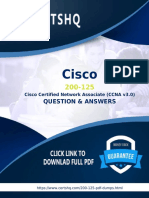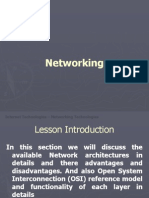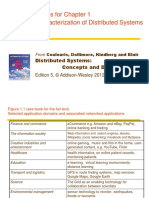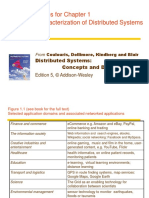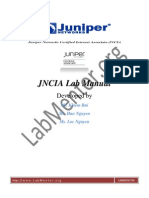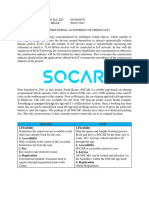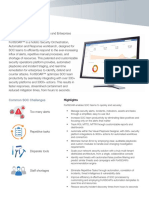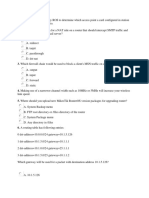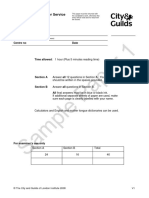0% found this document useful (0 votes)
132 views9 pagesSlides For Chapter 1 Characterization of Distributed Systems
Uploaded by
Alencar JuniorCopyright
© © All Rights Reserved
We take content rights seriously. If you suspect this is your content, claim it here.
Available Formats
Download as PPT, PDF, TXT or read online on Scribd
0% found this document useful (0 votes)
132 views9 pagesSlides For Chapter 1 Characterization of Distributed Systems
Uploaded by
Alencar JuniorCopyright
© © All Rights Reserved
We take content rights seriously. If you suspect this is your content, claim it here.
Available Formats
Download as PPT, PDF, TXT or read online on Scribd
/ 9


